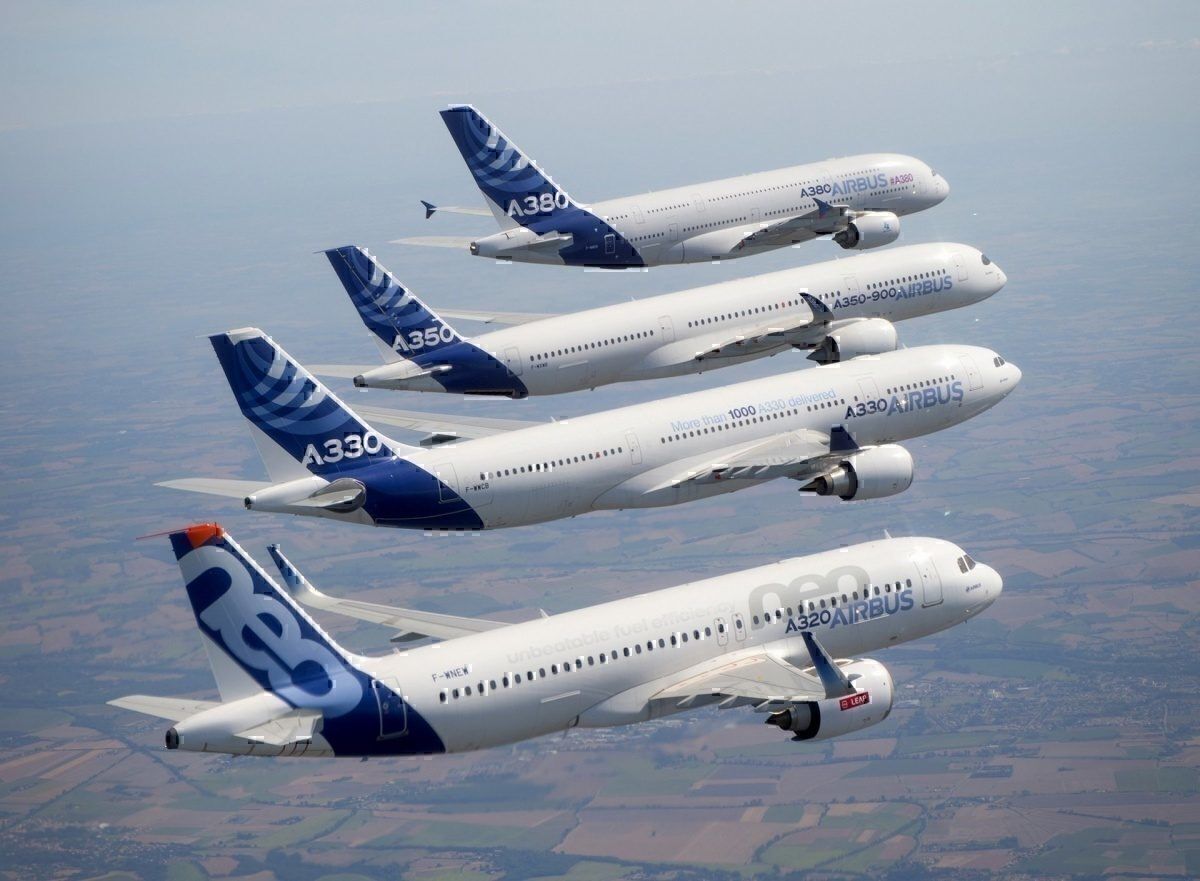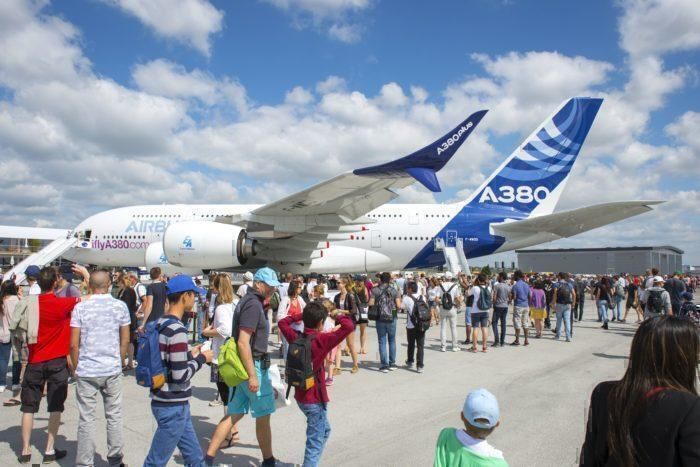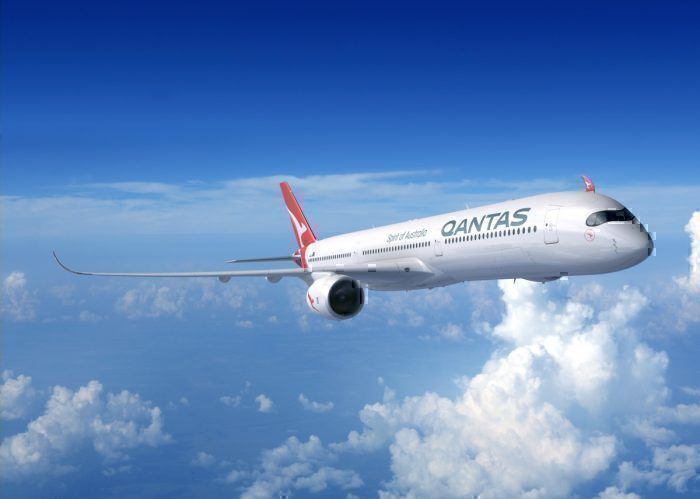Airbus can sit back confident that, in 2019, it successfully navigated one of the world's most turbulent years in aviation and prepared itself well for 2020. Let's explore the major triumphs and mistakes it made in the last 12 months.
The Airbus journey so far
This time last year, I wrote an article that discussed how Airbus had a challenging 2018.
It had some victories, like partnering up with Bombardier to launch the Airbus A220, and producing the most A350s ever. But many of these achievements were overshadowed by production delays with its cash cow A320 series, flat sales for the A380 and generating less profit per plane than rivals.
It also had issues selling its new A330neo variant which, despite being an improved version of the well-selling A330 series, has not captured much of the success of its 'forerunner'.
But what about this year?
What about 2019?
This year has been completely different for Airbus.
First, Airbus decided to wrap up and conclude the A380 program. It shelved any further ideas for future A380 variants (such as the 1,000 seater A380). Production will continue for the meantime until 2021.
Any major outstanding A380 orders, such as the last few remaining from Emirates were converted over to A350 aircraft (and potentially A330-900neo aircraft).
Speaking of the A350, this year Airbus managed to ramp up production of the model and deliver three more aircraft by November 2019 than November 2018, from 93 to 96.
Qantas, who was choosing between Airbus and Boeing for Project Sunrise, is tentatively going with the A350-1000 for its new London to Sydney route (with the actual order to be decided early next year).
The A220 went from strength to strength in 2019, with more orders and more deliveries. Airbus completed a tour of the aircraft to several different regions attracting interest from the likes of Qantas, KLM, and Air France, among others.
Airbus also launched a completely new aircraft, the Airbus A321XLR. This aircraft, an improvement on the A321LR design (which was an original improvement on the A321neo) brought to the market an aircraft that could fly long but 'narrow' low-density routes. The aircraft has proven to be popular with airlines with impressive orders numbering in the hundreds.
"In the six months since Airbus officially launched its A321XLR, this Xtra-long-range version of the A320neo Family’s longest-fuselage aircraft has logged more than 450 orders and commitments from 22 operators and two lessors around the world."
Lastly, the Airbus A320 finally overtook the Boeing 737 as the most ordered commercial aircraft type in the world. However, it is still trying to streamline its production operations. Ramping up production to get them all delivered is proving hard (and may push some airlines to other builders). The introduction of the new A321XLR has made things more complicated, as they are built in the same factory too.
What about Boeing?
It would be amiss to discuss the journey of Airbus without mentioning its rival Boeing's performance this year. This topic is so deep that it deserves a dedicated article, which tomorrow will examine the competitive dynamic between the two airframe builders in 2019.
What do you think about this news? Will Airbus have a good 2020? Let us know in the comments.



